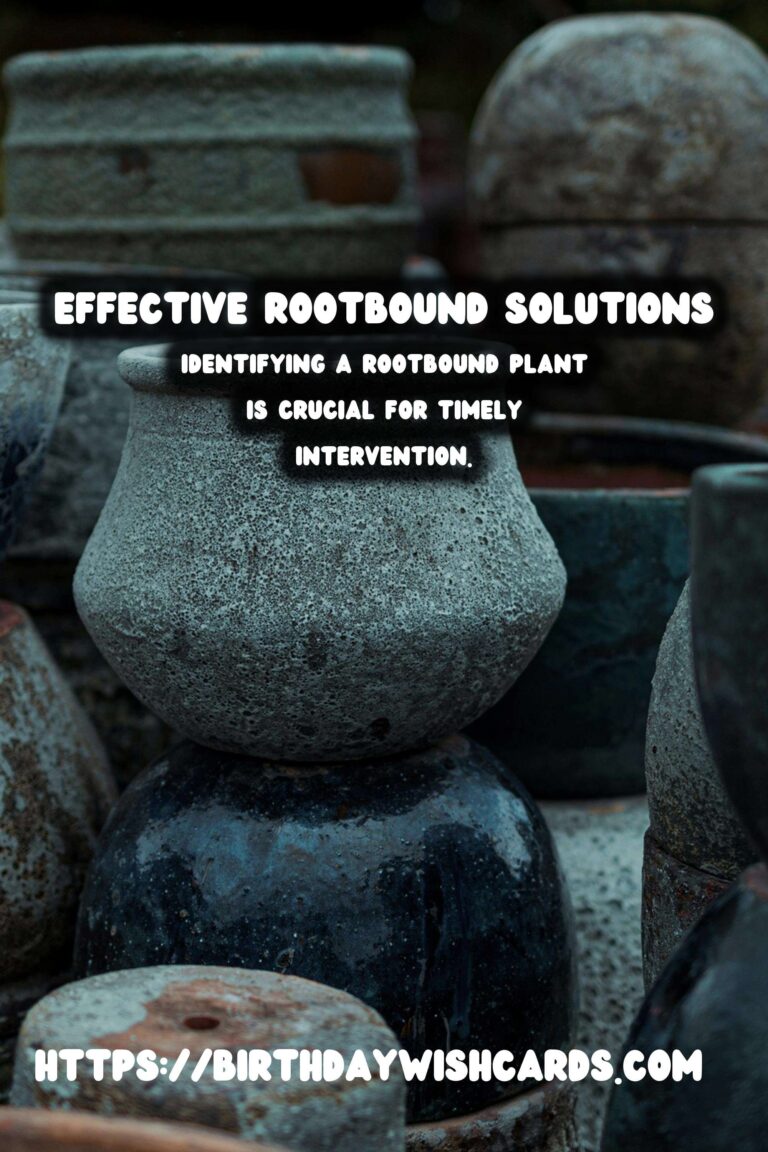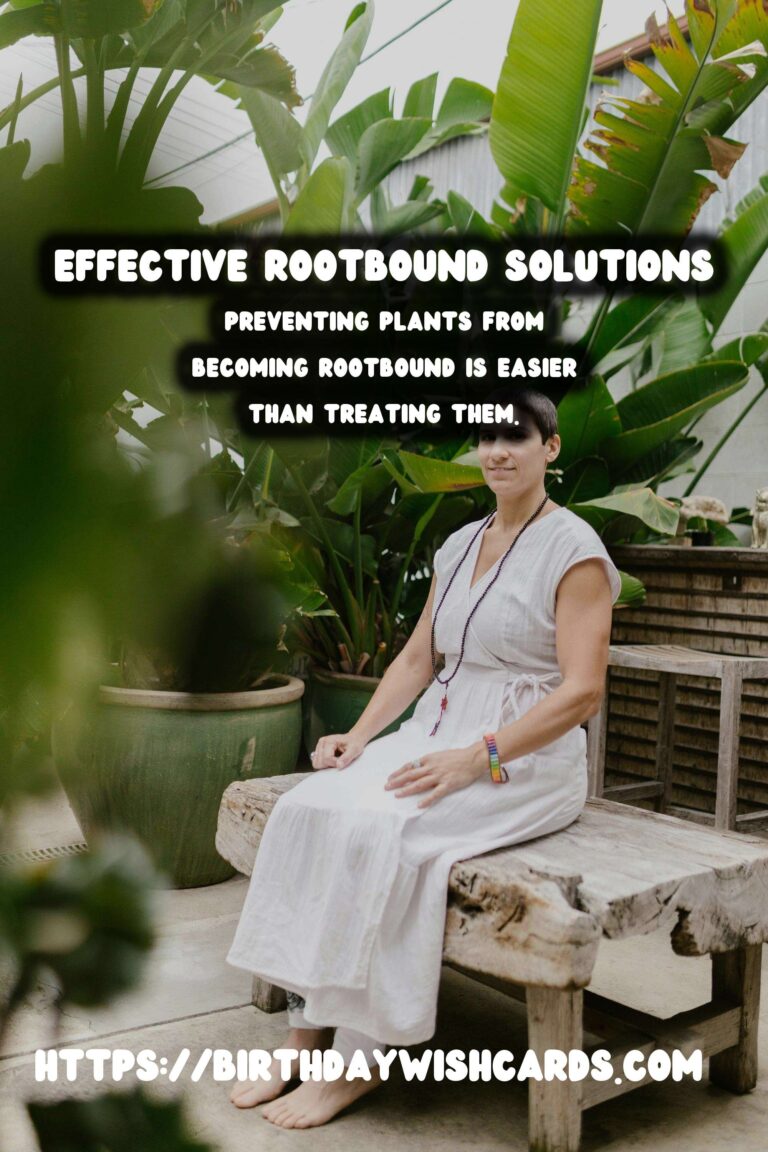
Plant root systems are essential for the overall health and growth of a plant. They are responsible for absorbing water, nutrients, anchoring the plant to the ground, and storing energy. However, when plants outgrow their containers, they become rootbound, which can severely impact their growth and vitality.
What is a Rootbound Plant?
A rootbound plant is one whose roots have filled the container to the point where the plant’s growth is restricted. This often happens when a plant has been in the same pot for too long, causing its roots to circle around the pot, forming a dense, tangled mass. This condition can stunt growth, cause foliage to yellow, and even lead to plant death if not addressed.
Signs of a Rootbound Plant
Identifying a rootbound plant is crucial for timely intervention. Some common signs include:
- Roots Growing Out of Drainage Holes: If you notice roots protruding from the pot’s drainage holes, it’s a clear indication that the plant is rootbound.
- Water Drains Quickly: A rootbound plant often has soil that cannot retain water, causing it to drain rapidly.
- Stunted Growth: A plant that has stopped growing or is growing very slowly may be rootbound.
- Yellowing Leaves: Lack of nutrients due to restricted root space can cause leaves to yellow and drop.
Consequences of Rootbound Plants
When a plant becomes rootbound, its overall health is at risk. Restricted root growth limits the plant’s ability to absorb essential nutrients and water, leading to poor growth and increased susceptibility to disease. Additionally, the plant may become top-heavy and prone to tipping over.
Effective Solutions for Rootbound Plants
Repotting
The most common solution for rootbound plants is repotting. Choose a pot that is 1-2 inches larger in diameter than the current pot. Gently remove the plant, tease apart the tangled roots, and replant it in the new container with fresh soil.
Root Pruning
In cases where repotting is not an option, root pruning can help. Carefully trim away excess roots, especially those circling the pot. This encourages new root growth and can rejuvenate the plant.
Soil Refreshing
Refreshing the soil can also benefit rootbound plants. This involves replacing some of the old, compacted soil with fresh, nutrient-rich soil, providing the plant with more resources for growth.
Preventing Plants from Becoming Rootbound
Preventing plants from becoming rootbound is easier than treating them. Regularly check the root systems of your potted plants and repot them as needed. Choose pots with adequate drainage and consider using a potting mix designed for the specific plant species you are growing.
Conclusion
Understanding and managing plant root systems is essential for maintaining healthy, thriving plants. By recognizing the signs of rootbound plants and applying effective solutions, gardeners can ensure their plants grow to their full potential.
A rootbound plant is one whose roots have filled the container to the point where the plant’s growth is restricted. Identifying a rootbound plant is crucial for timely intervention. When a plant becomes rootbound, its overall health is at risk. The most common solution for rootbound plants is repotting. Preventing plants from becoming rootbound is easier than treating them.
#PlantCare #GardeningTips #RootboundSolutions

